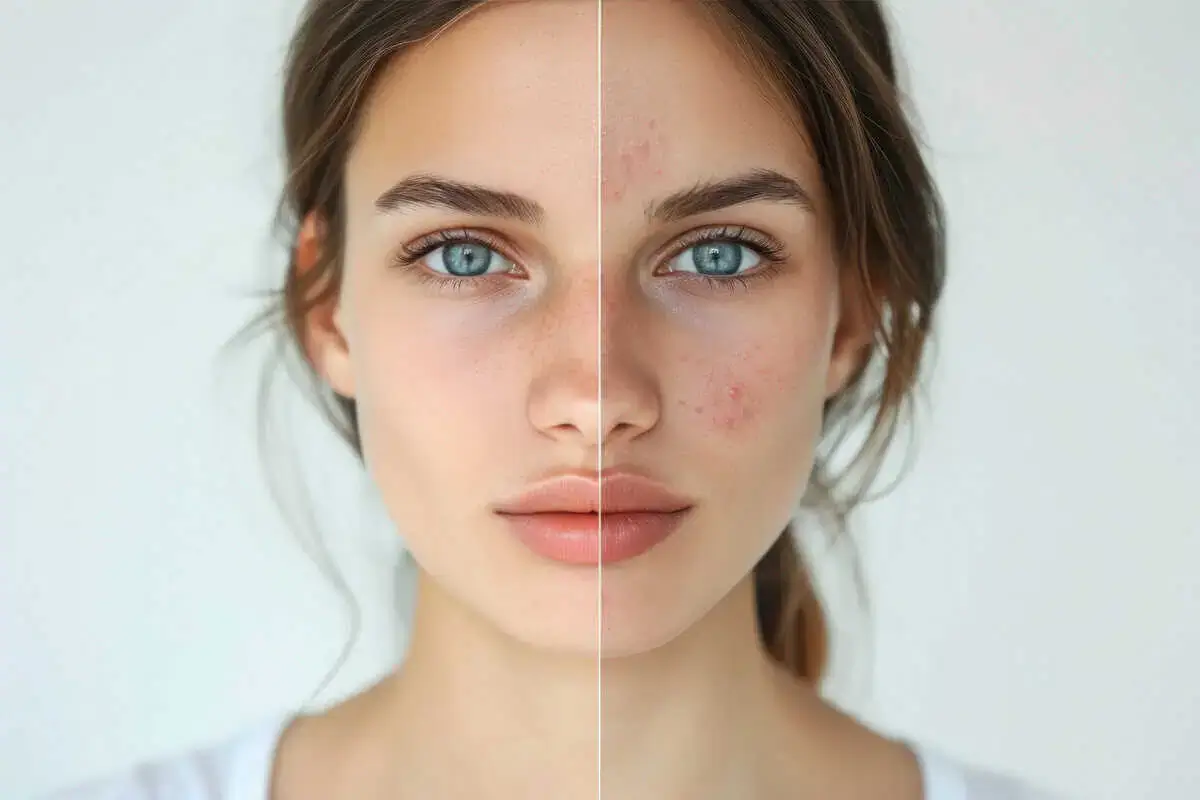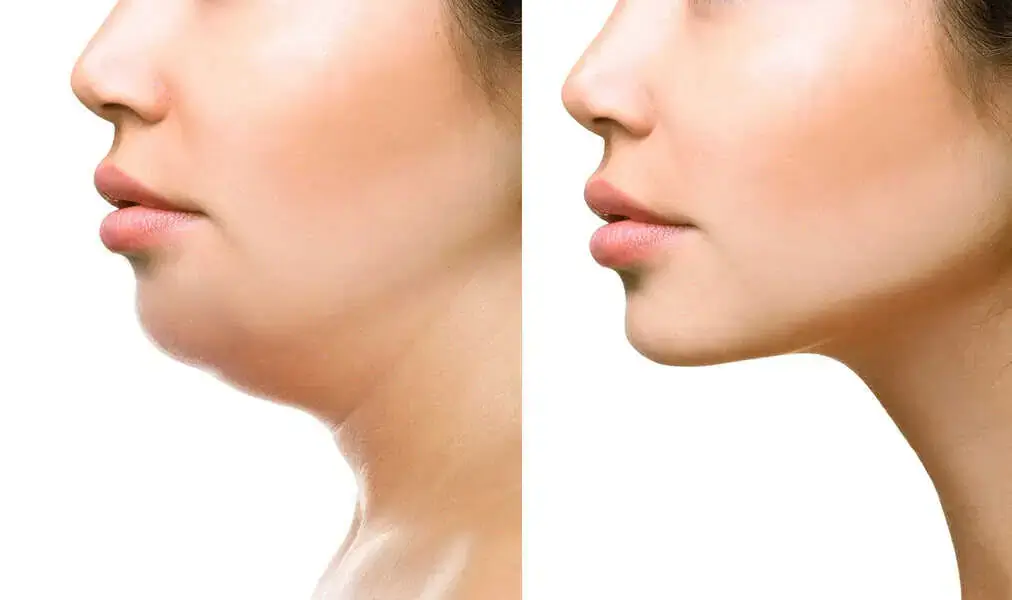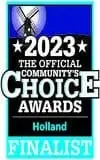Practicing as a chiropractor, my expertise is treating musculoskeletal injuries. Which means that I assess or treat muscles (musculo) and bones (skeletal), as well as the joints that connect them and allow us to move.
I find it all too common to hear that the general public views chiropractors as doctors who ONLY adjust the bones/joints in the body. While I know there are plenty of successful chiropractors whose practice is solely based on adjusting, my view is that they are missing some pieces that may better the outcome of someone’s health.
Things like soft tissue treatment, assessing diet/supplementation, incorporating exercises and proper movement patterns are supplementary to better a patient’s outcome, in my opinion.
Active Release Technique is the gold standard in soft tissue care, and I am proud to be a certified provider in ART. It is a manual technique that aims to relieve tension by breaking up adhesions and restoring proper motion. If you look at any sporting event where someone is applying pressure while the athlete is moving a particular body region, this is ART. It is considered an ACTIVE form of treatment, meaning the patient is actively moving through the particular maneuver. Although, the provider may assist in the movement if necessary.
ART was developed over 30 years ago by Dr. Michael Leahy while working with elite athletes. Active Release Technique was aimed toward treating soft tissue injuries of athletes and helping them get back to their sport as quickly as possible. Although, it is not intended to be utilized ONLY by athletes. I personally use this technique in just about every patient encounter.
Is ART a massage?
No. Massage will likely utilize a cream or lotion and work along the muscle in a kneading, circular, or rubbing stroke. ART does not use lotion, and after the tissue tension is created, the muscle being contacted is “pinned” as the patient actively performs movement in effort to lengthen the muscle.
When a tissue is injured, an inflammatory response is created, and scar tissue and soft tissue adhesions may form. Adhesions are sticky! So, the tissues may become adhered together and not slide like they should. This can create limited mobility and motion, which could ultimately lead to further discomfort and pain. In some cases, this soft tissue damage can lead to irritation of nerves and produce a tingling/numbing sensation. ART works to restore the proper sliding motion of tissues and helps to break up these adhesions and increases blood flow to the area to speed up healing.
Common issues I see day to day where I use Active Release Technique:
-glute tightness/strain
-tennis elbow + golfer’s elbow
-low back strain/spasm
-neck strain/spasm
-headache
-runners knee (IT band) + jumper’s knee (quads)
-hamstring/adductor tightness/strain
-rotator cuff tightness/strain
-wrist pain, carpal tunnel, trigger finger
-bicep, tricep, pec tightness/strain
-calf or achilles tightness/strain
-trigger points (ANYWHERE)
-plantar fasciitis
-snapping hip syndrome
-various soft tissue nerve compressions
Take a look at that list, and it’s basically issues of the whole musculoskeletal system! Head to toe. You have many muscles of the feet, leg, thigh, hip, abdomen, shoulder, spine, arm/elbow, hand, and neck! Because of my training in Active Release Technique, it allows me to treat these areas manually in a fast and effective way.
*While that list may be long, I am not claiming to correct anything and everything. I am glad to work with a handful of great professionals in the area whom I refer to in effort to better a patient’s outcome. Also, important to note, while I use ART in just about every treatment, there are some cases that respond better to exercise and/or movement.
One thing that I know patients would like to hear is that ART helps produce FASTER RESULTS. I personally expect positive change within 2-4 visits. Passes of 5 or so are performed on the targeted muscle, so treatment can be fairly short.
DOES IT HURT?
Well, in my opinion it depends on where the treatment is being done as certain parts of the body are more sensitive than others. Some people may tolerate pressure better than others as well. Although, my pressure will always be to your tolerance. A similar feeling of foam rolling a trigger point. A “hurts so good” type of pressure where you know you need it done, but it may be a bit tender initially. Just like foam rolling, you’ll get to a point where the pressure does not hurt at all.
While traditional chiropractic (adjusting) can help in various ways, Active Release Technique is another tool in the toolbox that can help speed up healing and symptom relief. It allows me to properly treat a wider variety of musculoskeletal conditions, that I wouldn’t otherwise have the tools to do so. ART is well known in the sports and athletic community but can be performed on anyone at any age. The ART community is strong, and I often get referrals just for the treatment. In fact, if I have a patient who is moving, the first thing I recommend is to look up a local ART provider in the area. I trust that an ART certified doctor knows the body well and will provide superior patient-centered care.
If you are wondering if Active Release Technique would work for you, I offer free 15-minute consultations. I am happy to point you in the right direction in your health journey. Call the office to set up an appointment or consultation.
Dr. Ryon Bosscher, D.C., Chiropractor
Wellness Co.
(616) 741-2364
Zeeland, MI










